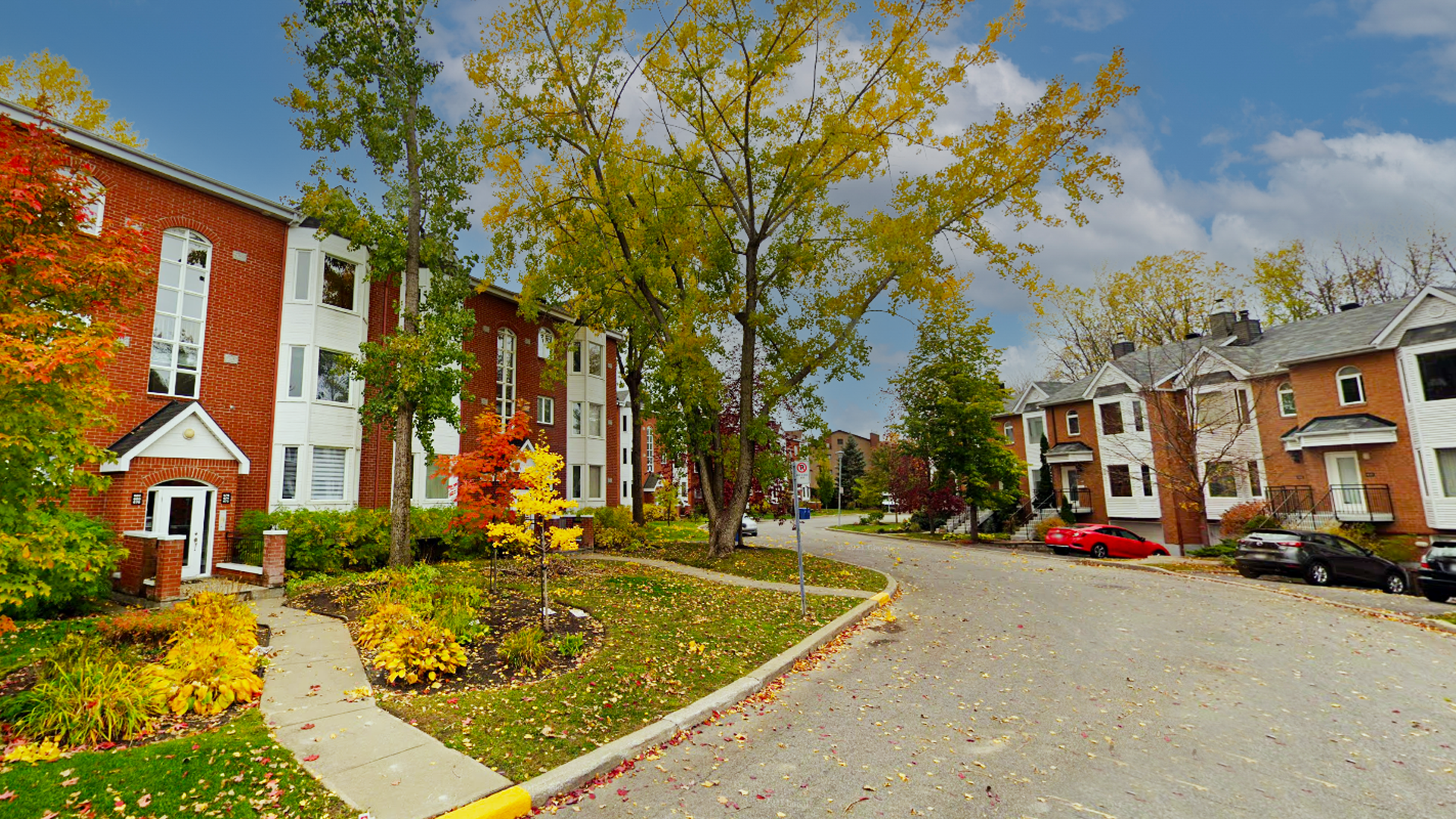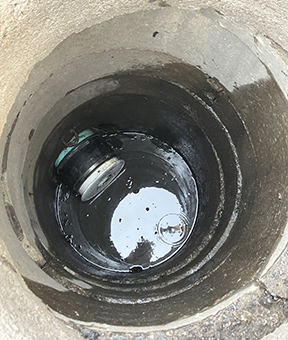Update on the situation on D'Isère Avenue and De Namur Street
Published on 21 May 2025

At its meeting of May 20, 2025, the Municipal Council awarded the contract for the preparation of plans and specifications to Parallèle 54 Expert-Conseil inc. According to the current schedule, design will take place over the summer. Construction could begin in the fall of 2025 or, at the latest, in the spring of 2026, depending on the progress of the various planning stages for such a project.
The City will keep residents informed of any future developments in this project.
Previous intervention
In response to the problems reported by residents of D'Isère Avenue and De Namur Street, the Ville de Saint-Lambert invited them to attend a hydraulic study of their neighborhood on November 21, 2023. In addition to the explanations provided, participants were able to ask questions of the experts on hand. The presentation is available for consultation.
In spring 2024, Groupe-Conseil Génipur carried out an intervention plan to assess the current situation. At the end of May 2024, the Ville de Saint-Lambert's public works team installed four flow regulators on Victoria Avenue catch basins (located in front of the building at 2035 Victoria Avenue) at the recommendation of experts. This intervention limits the flow of runoff draining into the pipes in the D'Isère Avenue and De Namur Street sectors. The regulators have been tested and are working well. They will remain in place until further notice. In practical terms, they relieve water pressure in the network and reduce the risk of backflow.

In August 2024, the municipal team met again with residents of D'Isère Avenue and De Namur Street to do a follow up of the situation in their sector. After presenting the results of the flow measurement campaign and the interventions analyzed by Géniepur, the City of Saint-Lambert outlined its main recommendations for further improvements in the sector:
- Integration of optimal stormwater management practices (grassed valley, rain garden and vegetated overhang);
- Oversizing of pipes;
- Evaluation and monitoring of sewer system performance once interventions have been completed.
To conclude the evening, the next steps were presented:
- Completion of a summary topographical survey of the Isère-Namur sector (August 2024, by Génipur);
- Submission of the feasibility and master study report (September 2024, by Génipur);
- Preparation of plans and specifications (fall 2024, consultant to be determined);
- Construction (2025, contractor to be determined).
For more information, you can review the complete presentation given during the evening.
In early December 2024, the municipal team met again with the residents of avenue d'Isère and rue de Namur to present the feasibility and master study report produced by Génipur. The professionals explained the measures that will be taken to correct the problems in the area:
- Integration of optimal stormwater management practices (grassed valley, rain garden and vegetated overhang);
- Rehabilitation of infrastructure sections to oversize combined sewer pipes;
- Monitoring of sewer system performance once the work has been completed.
- The next few months will be devoted to the preparation of plans and specifications, with a view to carrying out the work in the summer of 2025.
For more information, you can review the complete presentation given during the evening.